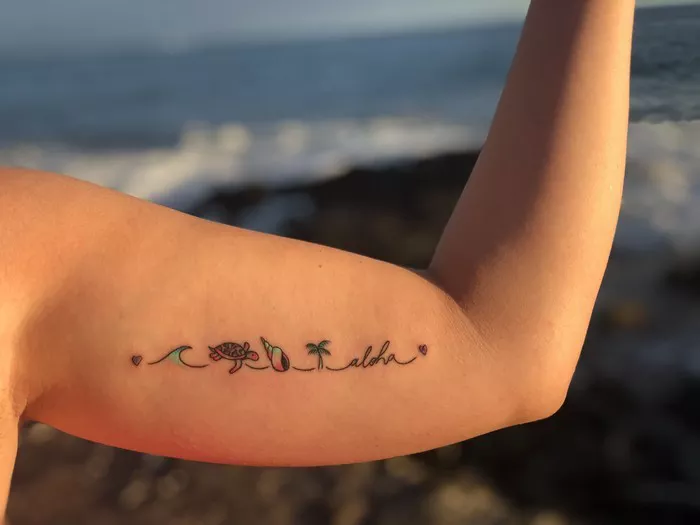Embarking on the journey of getting your first tattoo can be both exhilarating and nerve-wracking. It’s a permanent decision that requires careful consideration, from choosing the design to selecting the right artist. Equally important is deciding where on your body to place your tattoo. The location not only affects the aesthetic appeal but also impacts the level of pain experienced and how well the tattoo will age. In this comprehensive guide, we’ll explore various factors to consider when determining the best place for your first tattoo.
Your Pain Threshold and Sensitivity
Before delving into specific body parts, it’s crucial to understand your own pain tolerance and sensitivity levels. Tattoos involve needles penetrating the skin, causing varying degrees of discomfort. While pain is subjective and experienced differently by each individual, certain areas of the body tend to be more sensitive than others.
Areas with thin skin, such as the ribs, spine, and areas close to bones, typically result in more intense pain during the tattooing process. On the other hand, areas with more flesh, such as the upper arm or thigh, tend to be less painful. Consider your own pain threshold and how much discomfort you’re willing to endure when choosing the location for your tattoo.
Visibility and Professional Considerations
For many individuals, the visibility of their tattoo is a significant consideration, especially if they work in a professional setting with strict dress codes. Opting for a location that can be easily covered by clothing allows for discretion when necessary. Common choices for discreet tattoos include the upper back, upper thigh, or torso, where they can be concealed by shirts or pants.
Conversely, if you desire a tattoo that serves as a statement or expression of identity, choosing a more visible location might be preferable. Areas such as the forearm, wrist, or ankle are popular choices for visible tattoos. However, keep in mind the potential impact on career opportunities and social perceptions, as visible tattoos may still carry certain stigmas in some professions or social circles.
Tattoo Design and Size
The design and size of your tattoo is important. Intricate designs with fine details may be better suited for areas with ample space, such as the back or thigh, allowing the artist to work more comfortably and maintain the integrity of the design.
Smaller tattoos, such as symbols or minimalist designs, can be placed virtually anywhere on the body, including the wrist, ankle, or behind the ear. These areas offer a canvas for subtle yet meaningful tattoos that can be easily incorporated into your daily life without drawing too much attention.
Longevity and Aging of the Tattoo
One often overlooked aspect of tattoo placement is how the tattoo will age over time. Certain areas of the body are more prone to stretching, sagging, or experiencing changes in skin texture, which can affect the appearance of the tattoo as you age.
Areas prone to significant changes, such as the abdomen or chest, may not be ideal for tattoos that rely on fine lines or intricate details. Conversely, areas with minimal skin movement, such as the upper back or outer thigh, tend to hold up better over time.
Additionally, exposure to sunlight can fade tattoos over time, so consider how much sun exposure the chosen location will receive and take appropriate measures to protect your tattoo with sunscreen.

